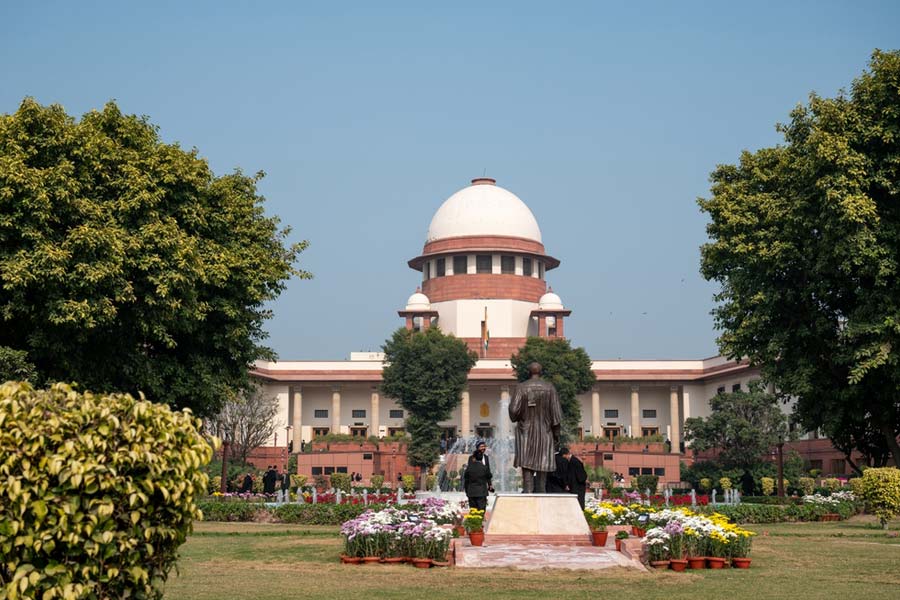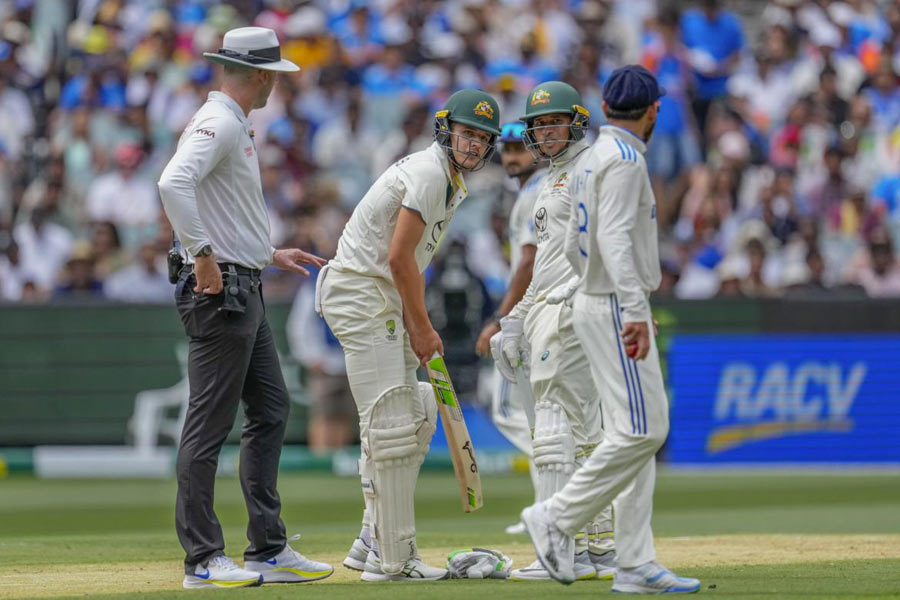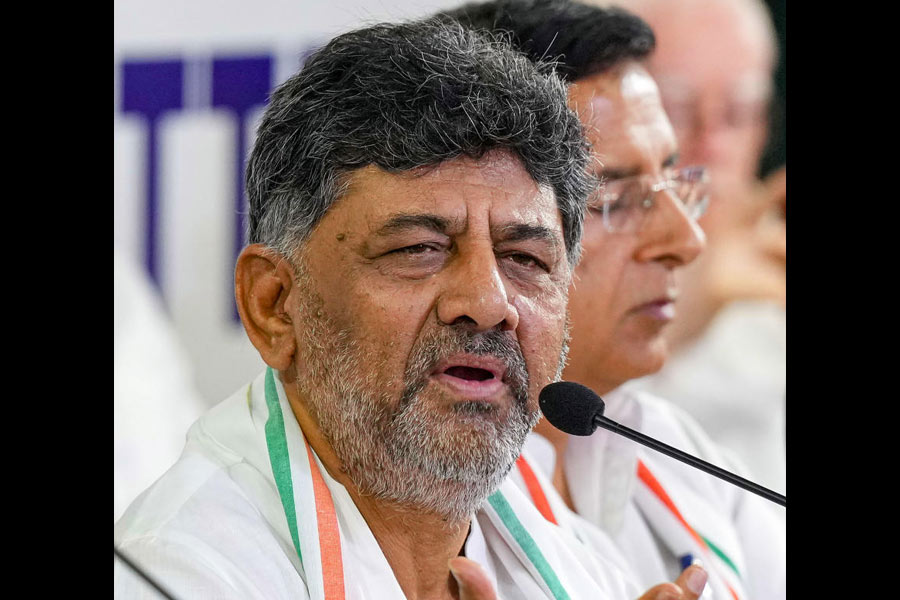The city, along with other parts of south Bengal, has received half the volume of rainfall it should have between June and the second week of July.
The Met office has blamed the absence of rain-bearing systems over the Bay of Bengal for the shortfall. The position of the monsoon trough and the flow of monsoon currents, they said, have been favourable for north Bengal, where heavy rain has thrown life out of gear.
“Monsoon rain in lower Gangetic Bengal is dependent on low-pressure systems over the northern parts of the Bay of Bengal. Between June 1 and mid-July, we usually see around four to five systems. But this year, since June 1, there has only been a single low-pressure area. That was around June 28,” said H.R. Biswas, head of the weather section at the Regional Meteorological Centre, Calcutta.
The period between June 1 and September 30 usually sees around a dozen systems over the Bay, Biswas said.
Met records show that between June 1 and July 9, south Bengal received 166.2mm of rain, compared to its normal quota of 343.5mm. The difference translates to a shortfall of around 52 per cent. Calcutta fared marginally better.
During the same period, Calcutta got 216.7mm of rain, compared with its normal quota of 392.9mm. It means a deficit of 45 per cent.
The last system over the Bay had on June 29 triggered 92mm of rain in Calcutta, the heaviest so far this monsoon on a single day. Until then, the rain deficit in the city was around 80 per cent.
Sub-Himalayan West Bengal, which in Met parlance includes north Bengal and Sikkim, witnessed 109.1mm of rain from June 1 to July 9. The normal rain due in this period is 639.6mm. In other words, it is a surplus of 71 per cent.
Successive bulletins issued by the Met office for the past few weeks have had one thing in common. They have predicted “heavy to very heavy rain” in north Bengal. Wednesday was no exception.
“The monsoon trough at mean sea level now passes through Jaisalmer (Rajasthan), Kota (Rajasthan), Shivpuri (Madhya Pradesh), Daltonganj (Jharkhand), Purulia, Contai and thence eastwards to northeast Bay of Bengal. An east-west trough runs from northeast Uttar Pradesh to the cyclonic circulation over northeast Assam across north Bihar and Sub-Himalayan West Bengal at 1.5km above mean sea level,” the bulletin said.
“In view of above meteorological conditions, heavy to very heavy rainfall activity with isolated extremely heavy rainfall very likely over north Bengal till July 13.”
The monsoon trough has for most of this season stayed either north or south of south Bengal. The monsoon trough is an imaginary line connecting various low-pressure points from west to east.
The monsoon trough keeps oscillating. When it is over the foothills of the Himalayas, north Bengal and the Northeast get rain. When it descends to the northern Bay of Bengal because of a low-pressure system, coastal Bengal receives rain. If the trough descends further, peninsular India gets drenched.
“Without a system over the Bay, the monsoon trough passing through south Bengal is usually not enough to trigger heavy rain in Calcutta,” said a weather scientist.
Biswas, the Met official, said for uniform and widespread monsoon rain in south Bengal, southeasterly winds have to be dominant in the lower atmosphere. But southerly and southwesterly winds are dominant now.
There is hardly any chance of a system taking shape over the Bay over the next four days, he said.











